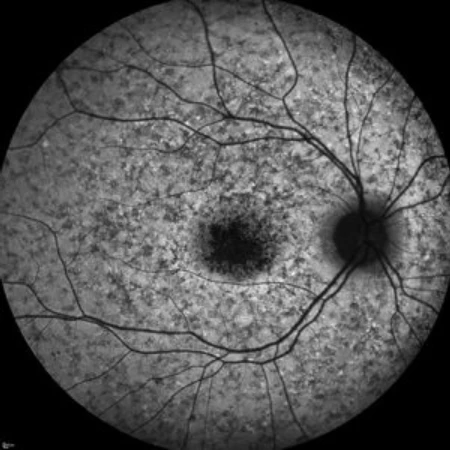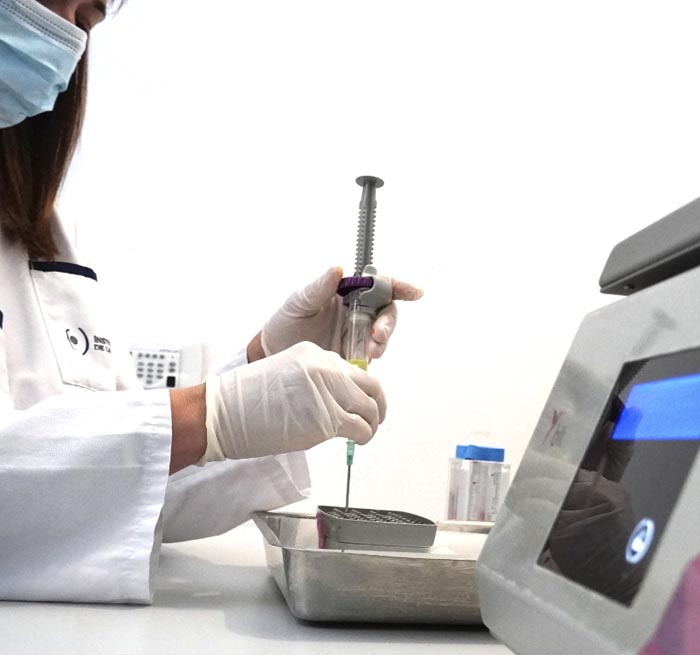Stargardt disease is an early degeneration of the retina of genetic cause. This disease mainly affects the macula. The macula is the part of the retina responsible for central vision. This vision is what we use to read, watch television, or recognize faces.
Stargardt disease is the most common variant of inherited juvenile macular degeneration. It has an estimated prevalence of between 1 in 8,000 and 1 in 10,000. It is usually diagnosed in people under twenty years of age. However, vision loss may not be evident until the third or fourth decade of life.
Approximately 90% of cases are transmitted in an autosomal recessive manner. This means that, for a person to have this disease, both parents must carry the affected gene. In this case, the chance of having an affected child is 25%. Being a recessive gene, there may be no family history of Stargardt disease. This is because the parents are carriers of the gene but do not manifest the disease.



